2023 Year-End Tax Planning: Financial Tax Considerations
November 2, 2023
FINANCIAL TAX PLANNING
The end of the year is often an optimal time for tax planning, but you must be careful to avoid potential pitfalls along the way. Notably, any year-end tax strategies you implement should take all the latest tax developments into account.
Securities Sales
Traditionally, investors time sales of assets like securities at year-end to maximize tax advantages. For starters, capital gains and losses offset each other. If you show an excess loss for the year, you can then offset up to $3,000 of ordinary income before any remainder is carried over to the next year. Long-term capital gains from sales of securities owned longer than one year are taxed at a maximum rate of 15% or 20% for high-income investors. Conversely, short-term capital gains are taxed at ordinary income rates reaching as high as 37% in 2023.
YEAR-END MOVE: Review your portfolio. Depending on your situation, you may want to harvest capital losses to offset gains, especially high-taxed short-term gains, or realize capital gains that will be partially or wholly absorbed by losses.
Be aware of even more favorable tax treatment for certain long-term capital gains. Notably, a 0% rate applies to taxpayers below certain income levels, such as young children. Furthermore, some taxpayers who ultimately pay ordinary income tax at higher rates due to their investments may qualify for the 0% tax rate on a portion of their long-term capital gains.
However, watch out for the “wash sale rule.” If you sell securities at a loss and reacquire substantially identical securities within 30 days of the sale, the tax loss is disallowed. A simple way to avoid this adverse result is to wait at least 31 days to reacquire substantially identical securities.
Note: A disallowed loss increases your basis for the securities you acquire and could reduce taxable gain on a future sale.
Tip: The preferential tax rates for long-term capital gains also apply to qualified dividends received in 2023. These are most dividends paid by U.S. companies or qualified foreign companies.
Net Investment Income Tax
When you review your portfolio (see above), do not forget to account for the 3.8% “net investment income tax” (NIIT). The NIIT applies to the lesser of “net investment income” (NII) or the amount by which MAGI for the year exceeds $200,000 for single filers or $250,000 for joint filers. (These thresholds are not indexed for inflation.) The definition of NII includes interest, dividends, capital gains and income from passive activities, but not Social Security benefits, tax-exempt interest and distributions from qualified retirement plans and IRAs.
YEAR-END MOVE: Have an estimate made of your potential liability for 2023. Depending on the results, you may be able to reduce the tax on NII or avoid it altogether.
For example, you may invest in municipal bonds (“munis”). The interest income generated by munis does not count as NII, nor is it included in the MAGI calculation. Similarly, if you turn a passive activity into an active business, the resulting income may be exempt from the NII tax.
Tip: When you add the NII tax to your regular tax, you could be paying an effective 40.8% tax rate at the federal level alone. Factor this into your investment decisions.
Required Minimum Distributions
For starters, you must begin “required minimum distributions” (RMDs) from qualified retirement plans and IRAs after reaching a specified age. After the SECURE Act raised the age threshold from 70½ to 72, SECURE 2.0 bumped it up again to 73, beginning in 2023 (scheduled to increase to 75 in 2033). The amount of the RMD is based on IRS life expectancy tables and your account balance at the end of last year.
YEAR-END MOVE: Assess your obligations. If you can postpone RMDs still longer, you can continue to benefit from tax-deferred growth. Otherwise, make arrangements to receive RMDs before January 1, 2024 to avoid any penalties.
Conversely, if you are still working and do not own 5% or more of a business with a qualified plan, you can postpone RMDs from that plan until your retirement. This “still working exception” does not apply to RMDs from IRAs or qualified plans of other employers.
Previously, the penalty for failing to take timely RMDs was equal to 50% of the shortfall. SECURE 2.0 reduces it to 25%, beginning in 2023 (10% if corrected in a timely fashion).
Tip: Under the initial SECURE Act, you are generally required to take RMDs from recently inherited accounts over a ten-year period (although previous inheritances are exempted). These rules are complex, so consult with your tax advisor regarding your situation.
Section 1031 Exchanges
Beginning in 2018, the TCJA generally eliminated the tax deferral break for Section 1031 exchanges of like-kind properties. However, it preserved this tax-saving technique for swaps involving investment or business real estate. Therefore, you can still exchange qualified real estate properties in 2023 without paying current tax, except to the extent you receive “boot” (e.g., cash or a reduction in mortgage liability).
YEAR-END MOVE: Make sure you meet the following timing requirements to qualify for a tax-deferred Section 1031 exchange.
- Identify or actually receive the replacement property within 45 days of transferring legal ownership of the relinquished property.
- Have the title to the replacement property transferred to you within the earlier of 180 days or your 2023 tax return due date, plus extensions.
Tip: Note that the definition of “like-kind” is relatively liberal. For example, you can exchange an apartment building for a warehouse or even raw land.
Estate and Gift Taxes
During the last decade, the unified estate and gift tax exclusion has gradually increased, while the top estate rate has not budged. For example, the exclusion for 2023 is $12.92 million, the highest it has ever been. (It is scheduled to revert to $5 million, plus inflation indexing, after 2025.)
YEAR-END MOVE: Reflect this generous tax law provision in your overall estate plan. For instance, your plan may involve various techniques, including bypass trusts, that maximize the benefits of the estate and gift tax exemption. The following table shows the exemption and top estate tax rate for the last ten years.
|
|
Estate tax exemption |
|
|
2014 |
$5.34 million |
40% |
|
2015 |
$5.43 million |
40% |
|
2016 |
$5.45 million |
40% |
|
2017 |
$5.49 million |
40% |
|
2018 |
$11.18 million |
40% |
|
2019 |
$11.40 million |
40% |
|
2020 |
$11.58 million |
40% |
|
2021 |
$11.70 million |
40% |
|
2022 |
$12.06 million |
40% |
|
2023 |
$12.92 million |
40% |
In addition, you can give gifts to family members that qualify for the annual gift tax exclusion. For 2023, there is no gift tax liability on gifts of up to $17,000 per recipient (up from $16,000 in 2022). You do not even have to file a gift tax return. Moreover, the limit is doubled to $34,000 for joint gifts by a married couple, but a gift tax return is required in that case.
Tip: You may “double up” again by giving gifts in both December and January that qualify for the annual gift tax exclusion for 2023 and 2024, respectively.
Miscellaneous
- Contribute up to $22,500 to a 401(k) in 2023 ($30,000 if you are age 50 or older). If you clear the 2023 Social Security wage base of $160,200 and promptly allocate the payroll tax savings to a 401(k), you can increase your deferral without any further reduction in your take-home pay. Note: SECURE 2.0 further enhances catch-up contributions for older employees after 2023.
- If you rent out your vacation home, keep your personal use within the tax law boundaries. No loss is allowed if personal use exceeds the greater of 14 days or 10% of the rental period.
- From a tax perspective, it is often beneficial to sell mutual fund shares before the fund declares dividends (the ex-dividend date) and buy shares after the date the fund declares dividends.
- Sell real estate on an installment basis. For payments over two years or more, you can defer tax on a portion of the sales price. Also, this may effectively reduce your overall tax liability.
- Consider a qualified charitable distribution (QCD). If you are age 70½ or older, you can transfer up to $100,000 of IRA funds directly to charity, free of tax (but not deductible). SECURE 2.0 authorizes a one-time transfer of up to $50,000 to a charitable remainder trust (CRT) or charitable gift annuity (CGA) as part of a QCD.
CONCLUSION
This year-end tax-planning letter is based on the prevailing federal tax laws, rules and regulations. Of course, it is subject to change, especially if additional tax legislation is enacted by Congress before the end of the year.
Finally, remember that this letter is intended to serve only as a general guideline. Your personal circumstances will likely require careful examination. We would be glad to schedule a meeting with you to assist with all your tax-planning needs.
Source: Source: Elite Editorial Services, 2023 Year-End Tax Planning Letter, 11/01/23
This year-end tax-planning letter is published for our clients, friends and professional associates. It is designed to provide accurate and authoritative information with respect to the subject matter covered. The information contained in this letter is not intended or written to be used for the purpose of avoiding any penalties that may be imposed under federal tax law and cannot be used by you or any other taxpayer for the purpose of avoiding such penalties. Before any action is taken based on this information, it is essential that competent, individual, professional advice be obtained.


.png)



